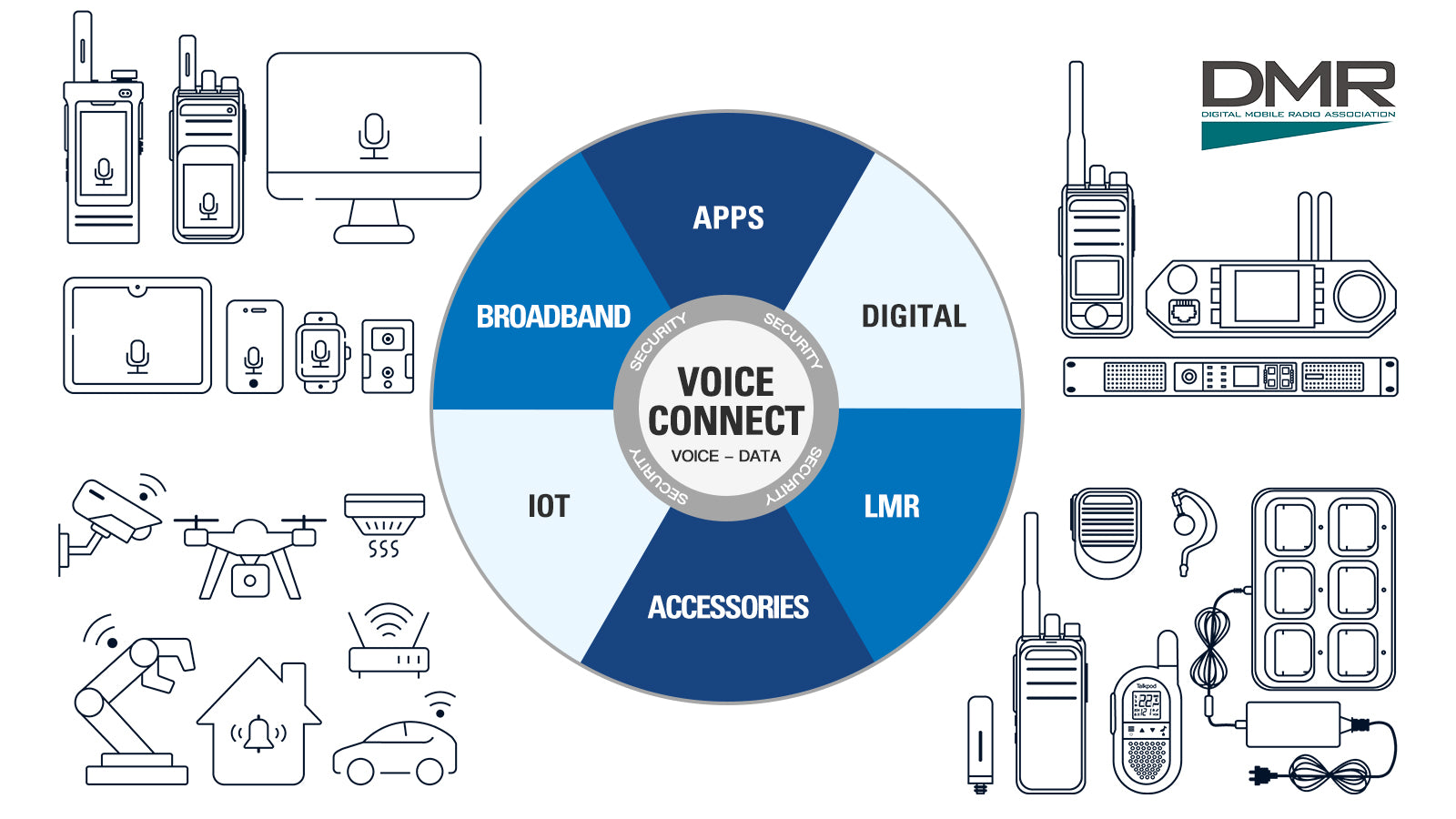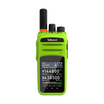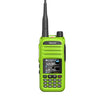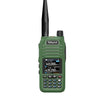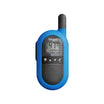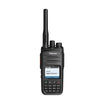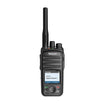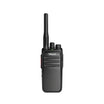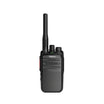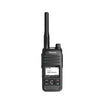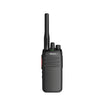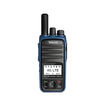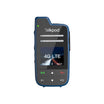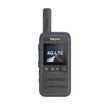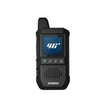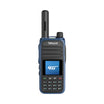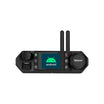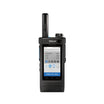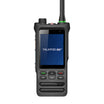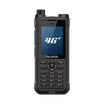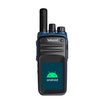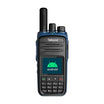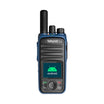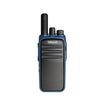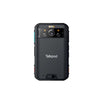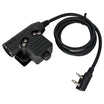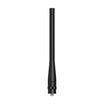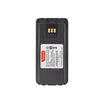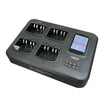Communication is the cornerstone of efficiency and safety in various industries, from security teams to emergency responders. When it comes to choosing the right communication system, the debate often revolves around analog radios, commonly known as walkie-talkies, and Push-to-Talk Over Cellular (PoC) radios. Understanding the differences between these two technologies is crucial in making an informed decision.
Analog Radios: A Legacy Technology
Analog radios, or walkie-talkies, have a rich history dating back to World War II. These handheld transceivers operate on a half-duplex (HDX) system, allowing communication in both directions but only one at a time. While analog radios provide a simple and reliable means of communication, they are limited in range, typically spanning between ten to twenty miles. Additionally, analog radios operate on a single frequency, which can lead to crowded channels and interference in densely populated areas.
PoC Radios: The Evolution of Communication
In contrast, PoC radios represent the evolution of communication technology. Leveraging cellular networks and the internet, PoC radios offer fast, clear, and secure communication over long distances. Unlike analog radios, PoC radios operate on multiple frequencies, providing better coverage and reducing the risk of interference. Moreover, PoC radios allow for simultaneous transmission and reception, enabling seamless communication among users. This simultaneous communication capability, along with crystal-clear audio quality and noise suppression, makes PoC radios ideal for demanding environments where clarity and reliability are paramount.
Key Differences: Analog Radio vs. PoC Radio
- Frequency Range: Analog radios operate on a single frequency, while PoC radios utilize multiple frequencies for better coverage and reduced interference.
- Coverage and Range: Analog radios are best suited for short-range communication, whereas PoC radios offer long-range connectivity, keeping dispersed teams linked locally, regionally, and even globally.
- Simultaneous Communication: PoC radios enable simultaneous transmission and reception, allowing users to talk and listen simultaneously, unlike analog radios, which operate in half-duplex mode.
- Additional Features: PoC radios come equipped with advanced features such as voice recording, photo shooting, GPS integration, HD displays, and one-click SOS functionality, enhancing user experience and safety.
Which is Better?
Considering the advancements in technology and the demands of modern communication, PoC radios emerge as the superior option. With their extensive coverage, simultaneous communication capabilities, and advanced features, PoC radios offer unmatched reliability and functionality compared to analog radios.
In conclusion, while analog radios have served their purpose well over the years, the evolution of communication technology has made PoC radios the preferred choice for industries requiring efficient and reliable communication. Whether it's enhancing security operations, improving emergency response efforts, or increasing productivity in various sectors, PoC radios offer a compelling solution for today's communication needs.


